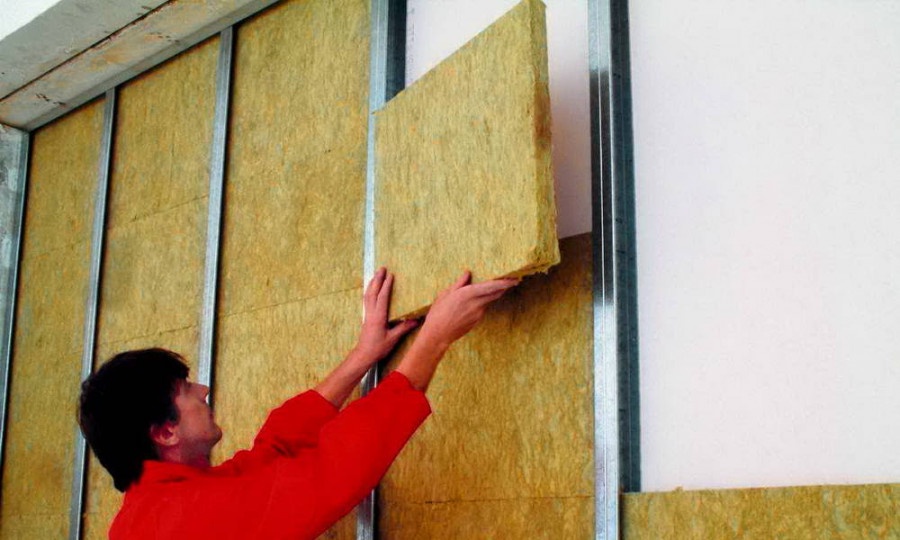In the hustle and bustle of modern life, finding peace and quiet within the comfort of your own home is becoming increasingly challenging. Whether it's the noise from traffic, neighbours, or even household appliances, unwanted noise can be a significant source of stress and distraction.
Fortunately, with the right soundproof insulation techniques, you can create a serene oasis within your living space. In this guide, we'll explore the top five essential tips and techniques for insulation.
-
Identify Problem Are
Before diving into the world of soundproofing, it's crucial to identify the areas of your home that are most susceptible to noise infiltration. Common culprits include windows, doors, walls, and floors. Take note of any gaps, cracks, or thin barriers that allow sound to penetrate freely. By pinpointing these problem areas, you can tailor your soundproofing efforts more effectively.
-
Seal Gaps and Cracks
Once you've identified the weak points in your home's insulation, it's time to seal them up. Gaps around windows and doors can be filled with weather-stripping or caulking to prevent sound from seeping through.
For larger gaps or cracks in walls and floors, consider using acoustic sealant or expanding foam. By creating a tight seal, you'll minimise the amount of noise that can enter or escape your living space.
-
Install Soundproofing Materials
One of the most effective ways to reduce noise transmission is by soundproof insulation materials. Options range from acoustic panels and foam tiles to specialised soundproofing underlayment for floors.
These materials are designed to absorb or block sound waves, preventing them from travelling between rooms. Place them strategically in areas where noise is most prevalent, such as home theatres, bedrooms, or home offices, for optimal results.
-
Upgrade Windows and Doors
Windows and doors are notorious weak points when it comes to soundproofing. If your budget allows, consider upgrading to double or triple-pane windows with laminated glass, which offer superior sound insulation compared to traditional single-pane windows.
Similarly, solid-core doors or those with soundproofing features can help block out unwanted noise more effectively than hollow-core doors. Remember to pay attention to seals and weather-stripping to ensure a tight fit and maximum soundproofing performance.
-
Utilise Soft Furnishings and Decor
In addition to structural upgrades, soft furnishings and decor can also play a significant role in soundproofing your home. Thick curtains or drapes can help absorb sound and reduce reverberation, especially in rooms with hard surfaces like wood or tile floors.
Rugs and carpets can likewise add an extra layer of insulation to floors, minimising impact noise from footsteps or moving furniture. Experiment with different textures and materials to find the perfect balance of style and soundproofing functionality.
Final Words
Creating a peaceful and quiet environment within your home is essential for maintaining your well-being and productivity. By implementing the top five essential tips and techniques for soundproof insulation, you can effectively minimise noise pollution and enjoy a more tranquil living space.
Whether you're tackling small DIY projects or investing in professional-grade solutions, the key is to identify problem areas and tailor your approach to suit your specific needs and budget. With a little effort and creativity, you can transform your home into a sanctuary of peace and serenity.


No comments yet